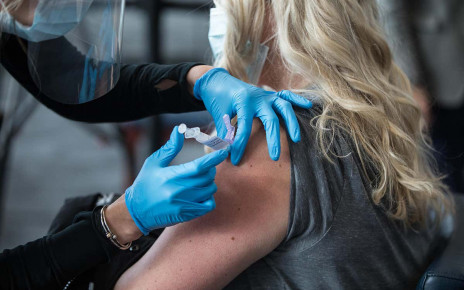[ad_1]

The Hadza people in Tanzania have very diverse gut microbiomes, which may be down to their traditional lifestyle
Kairi Aun/Getty Images
More than a thousand novel microorganism species that inhabit the gut have been discovered in the Hadza hunter-gatherer community in Tanzania. These contribute to a gut microbe diversity that is much greater than that of people in California, showing how industrialisation might have reduced microbiome diversity.
Matthew Carter at Stanford University in California and his colleagues genetically sequenced 351 faecal samples from 167 people in the Hadza community to gain a better sense of how lifestyle affects our gut microbiomes.
“We know that our gut microbiome is critically important, for example, in dictating aspects of our biology, our immune status and our metabolism,” says Justin Sonnenburg, a co-author of the study, also at Stanford University.
The researchers used ultra-deep metagenomic sequencing, a type of genetic analysis that gives an idea of the species present and what their potential functions may be.
They compared their findings to sequencing they conducted on the gut microbiomes of 12 people in California and 56 people in Nepal from a range of communities.
“There’s a disproportionate amount of microbiome sequencing focused on industrialised populations – largely European and American,” says Sonnenburg. “Attention hasn’t been paid to other populations and lifestyles. We wanted to help fill that gap.”
The gut microbiome of the people in the Hadza community was far more diverse that those belonging to the people in California and Nepal. The team found more than twice the total number of species in the microbiomes of people in the average Hadza participant, 730, compared with the average Californian – just 277. Nepalese foragers had 317 species, on average, and Nepalese farmers had 436.
They also discovered species in the Hadza microbiomes that had never been found before. “The novelty in some cases is quite striking,” says Sonnenburg.
Overall, the team found about 1200 never-before-seen single-celled microorganism species in the guts of the Hadza participants. Until now, there had only been about 4500 of these species described in the gut, says Sonnenburg.
Differences in diversity of gut flora can have implications. Studies suggest that people in industrialised countries with less diverse microbiomes are less healthy, says Sonnenburg. “[People with] metabolic syndrome, inflammatory diseases, inflammatory bowel diseases all have low-diversity gut microbiomes.”
The researchers are unsure whether the differences seen in the microbiomes of the Hadza participants and people in more industrialised countries are due to differing diets or highlight a wider impact of industrialisation.
The Hadza people eat far more fibre than people in the West do, says Sonnenburg. This fibre comes from a range of sources, including tubers, the baobab fruit and berries, he says.
Studies looking at ancient faecal samples suggest that the Hadza gut microbiomes have more in common with the microbe communities of ancient cultures than those of people in industrialised countries today, says Carter.
“Agricultural domestication has changed our diet and impacted on our environment,” says Wendy Russell at the University of Aberdeen, UK. Understanding the effect of the changes on our physiology will help inform future directions, she adds.
James Kinross at Imperial College London says the work highlights the importance of protecting the microbiomes of Indigenous peoples. “If we don’t, the consequence will be a continued escalation in the burden of Western non-communicable diseases experienced by sub-Saharan African populations.”
Topics:
[ad_2]
Source link




